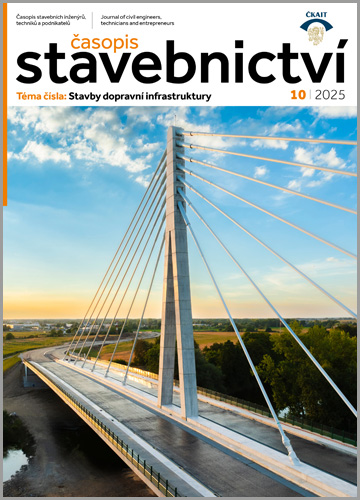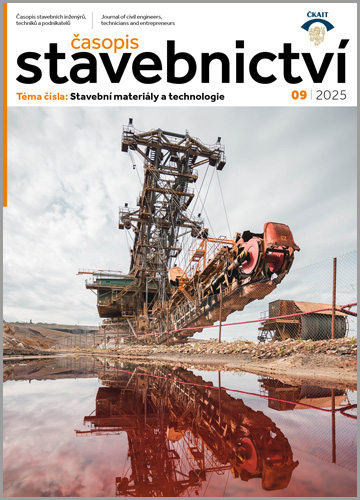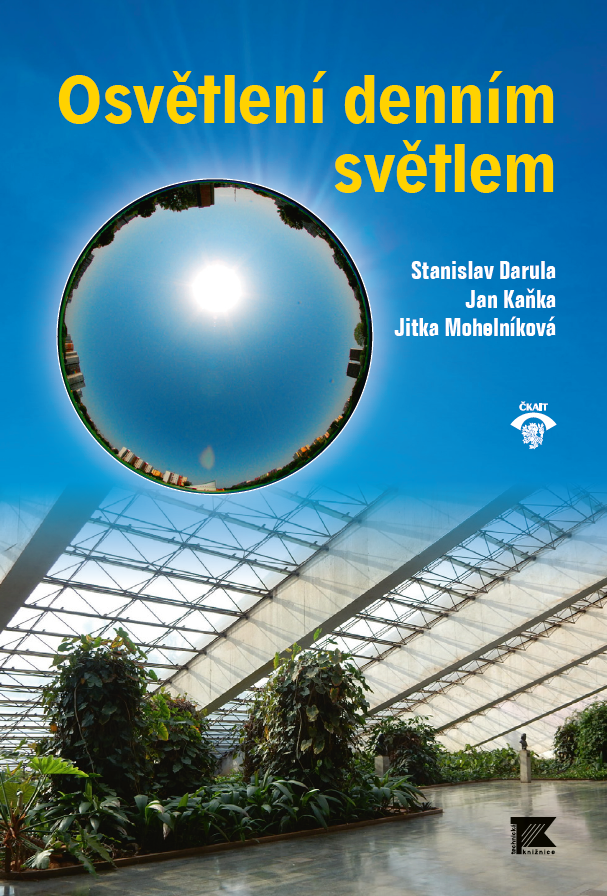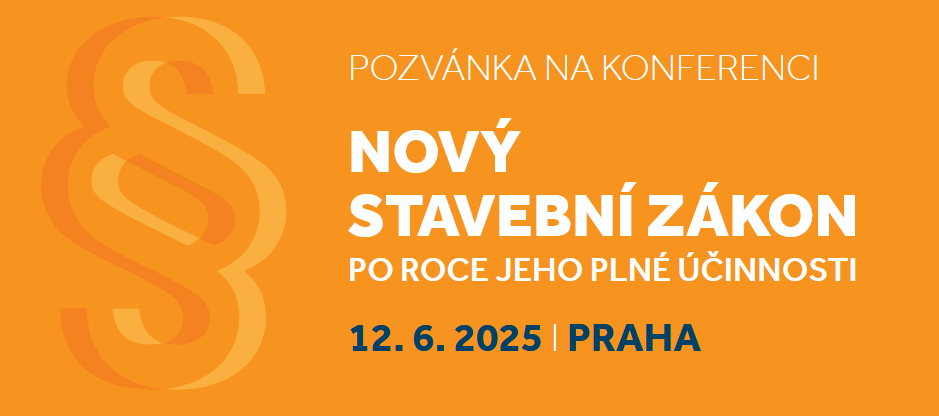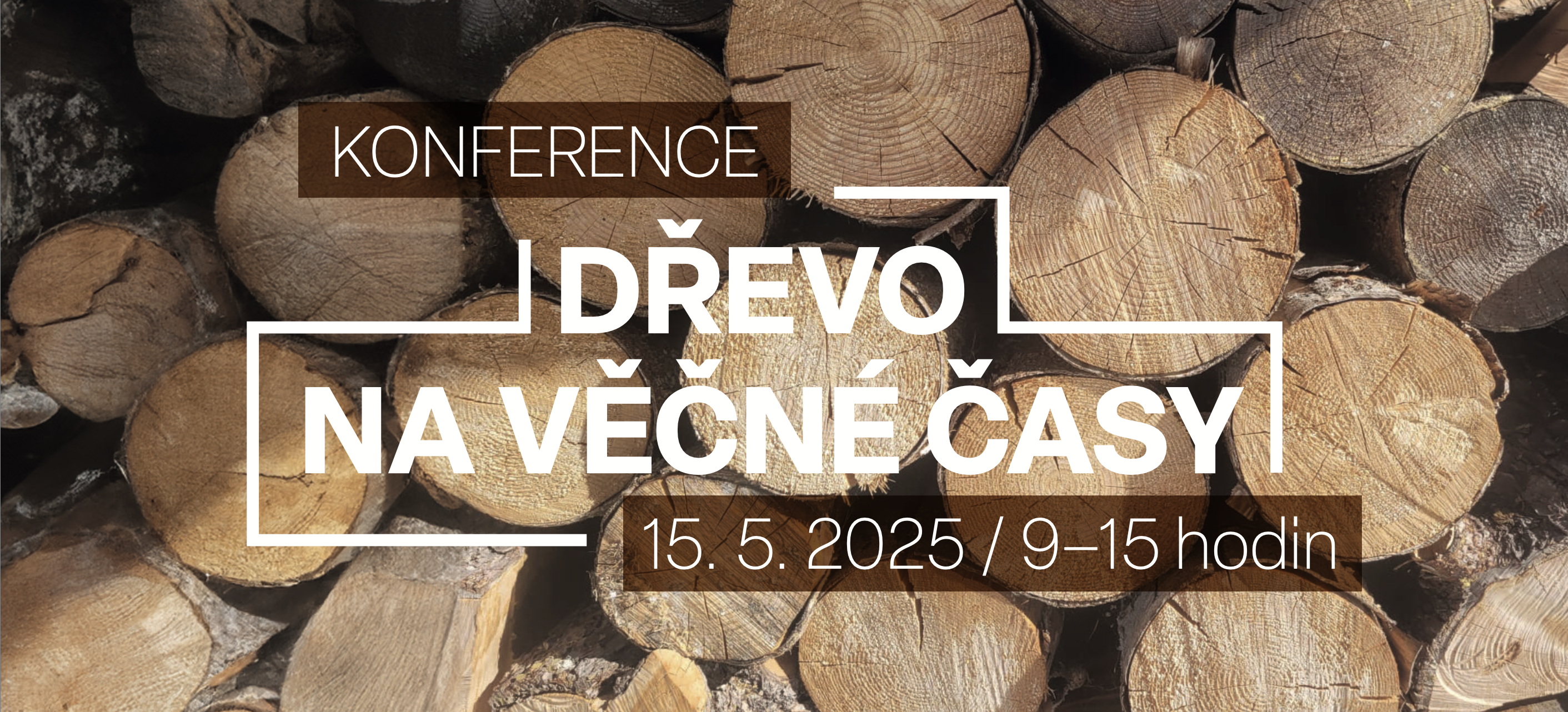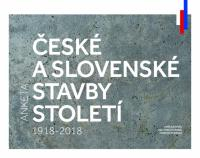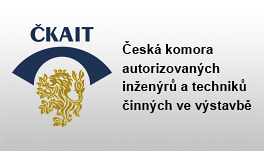TOB 5–6/2017
Editorial
Jubileum of prof. Ing. Jiřího Vaverky, DrSc.
Josef Chybík
Indoor Climate Quality of Buildings
Experience with the use of latent heat storage technology
Milan Ostrý, Sylva Bantová, Tomáš Klubal a Radek Přikryl
The article is focused on the latent heat storage technology and the overview of selected properties of Phase Change Materials (PCMs) with the focus on the results from the project No. 15-19162S supported by the Czech Science Foundation. The article also describes the practical use of micro pellets containing PCMs in thermally activated structures to increase thermal comfort in buildings.
Projection, Theory, Surveys
External dynamic climatic boundary condition in winter and its impact on the fulfilment of hygienic criterion of residential buildings’ envelope structures according to the standard STN 73 0540-2
Peter Buday
The minimum internal surface temperature significantly affects the fulfillment of hygiene criterion of the standard STN 73 0540-2 of 2012 and thus the trouble -free use of living spaces of buildings. Just recent considerable drop of external air temperature below standard calculation values raises the question how it will affect the minimum internal surface temperature and if the number of such days can adversely affect the fulfillment of this requirement and if so, to what extent. It can be also significantly affected by the accumulation capability of envelope structures.
Temperature calculation of window and masonry contact
Marek Zozulák, Marián Vertaľ
The subject of non-stationary numerical calculation and the results of experimental in-situ temperature measurement analysis is the fragment of the window sill and brick wall connection. Due to its material and geometric heterogeneity, this contact is significant in terms of surface temperature and heat flux. The subject structure is a panel fragment of building envelope equipped at the outdoor test-cell for in-situ measurement. The aim of the paper is to compare the temperature results in window and wall contact at the sill site, obtained from measurement and numerical calculation. Simulation and experimental measurement in various types of equipment, such as indoor and outdoor climate chambers or experimental test-cells, are an effective scientific tool for predicting the building physical properties of envelope structures in particular.
Materials and Products for Buildings
The Roman nano-concrete
Anna Fučíková
Updated EPD for EPS insulators
František Vörös
The procedure for updating of the Environmental Product Statements (EPD) will be described – namely that for seven different boards made of foam polystyrene, as well as involvement of the Czech and a Slovak manufacturers in this process, which process has been organized by the European Association of EPS Manufacturers – EUMEPS. In addition, comparative analysis of different insulators from Austria and the results of a multi-criterial comparison of different applications of various insulating materials, which comparison was completed in July 2017 in Switzerland, will be presented.
Laws, Technical Regulations, Standards and Recommendations
Commentary to amendment Z2 ČSN 06 0310 Heating systems in buildings – Design and installation
Miroslav Burišin
In October last year, we published a notice of incorrect information from Topin 4/2016 on the web site, according to which it is necessary to equip heating systems with a power source larger than the one in compliance with amendment Z1 ČSN 06 0310 "Heating systems in buildings - Design and installation" 24 kW, among other things, anti-flooding devices. This was a misinformation, because the above mentioned standard does not apply to hot water systems (according to the text in the system are up to 105 ° C, in the Czech Republic according to the national notes in the system standard up to 50 kPa and 110 ° C).
Practical effect of moisture on the thermal insulation properties
Roman Šubrt
The article deals with the analysis of the methods of expressing the hygrothermal properties of building materials and products. It aims to simplify their expression for the practical needs of designers and builders. It opens a discussion over standard values before revision ČSN 73 0540-3.
Education – Conferences – Reviews
Publication Information
The 13. International Conference of the Passive House Center. 2018: Innovation for Zero Energy Buildings


